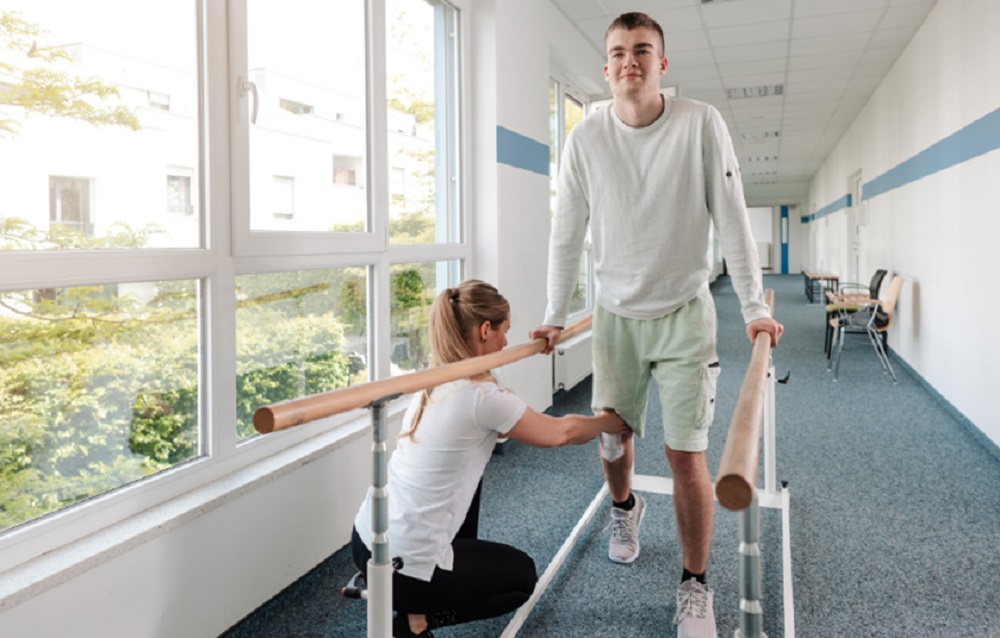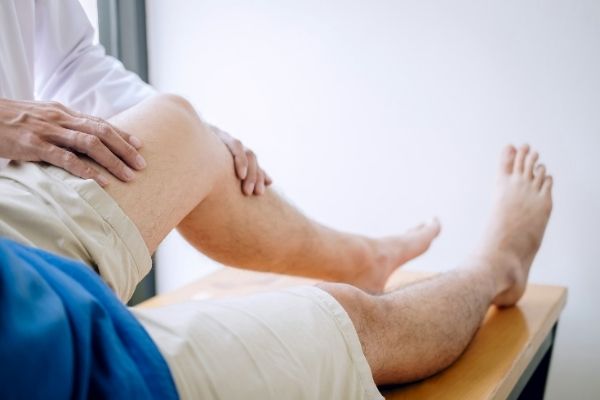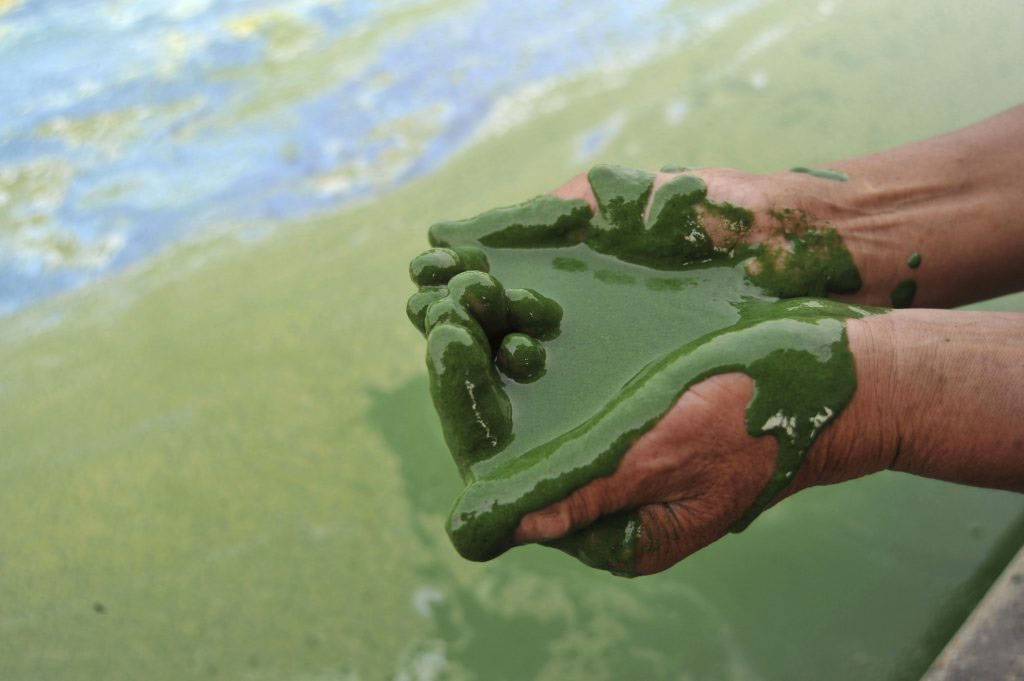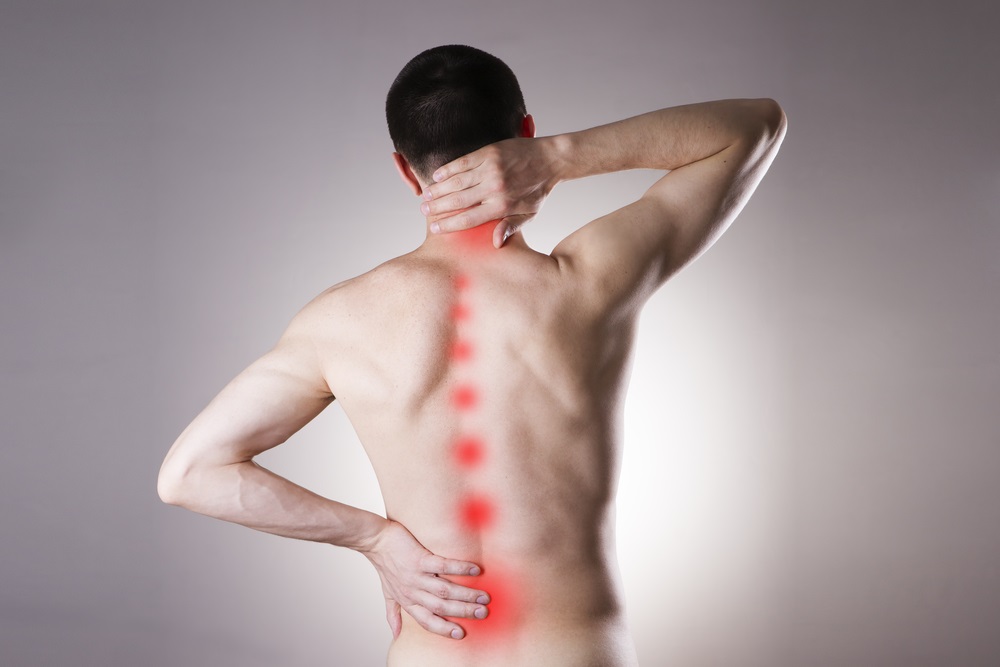Hip and knee discomfort can trouble everyday activities, causing difficulty in movement and diminishing an individual’s overall quality of life. Undergoing various physiotherapy strategies is then essential for a successful recovery process, regardless of whether the discomfort results from surgery, injury, or chronic ailments.
Discover the different knee and hip pain physiotherapy, aiding individuals in Singapore to find suitable assistance.
Post Operative Physiotherapy:
Post-operative physiotherapy is essential for restoring function, reducing pain, and accelerating recovery after surgery. It involves a program designed to meet each patient’s specific needs. Physiotherapy for hip and knee surgeries helps in regaining strength, enhancing flexibility, and ensuring proper healing.
Core Components of Post-Operative Physiotherapy
1. Assessment and Goal Setting: Initial evaluations determine the patient’s current state and establish realistic recovery goals.
2. Pain Management: Pain management techniques, such as ice therapy, electrical stimulation, and manual therapy, help control discomfort.
3. Strengthening Exercises: While managing pain, the gradual introduction of exercises can also aid in rebuilding muscle strength around the hip and knee.
4. Range of Motion Exercises: Performing activities that restore full movement in the affected joints also help support recovery.
5. Functional Training: Post-operative physiotherapy also emphasises exercises mimicking daily activities to enhance overall function and independence.
Hip Pain Physiotherapy:
Hip pain can arise from different causes, including arthritis, bursitis, and muscle strains. Physiotherapy addresses these issues by combining various techniques to provide practical relief and long-term management.
Techniques for Hip Pain Physiotherapy
1. Manual Therapy: Hands-on techniques to mobilise joints and soft tissues.
2. Exercise Therapy: Customised exercises to support hip muscles and enhance flexibility.
3. Hydrotherapy: Water-based exercises that reduce stress on the hip joint while promoting movement.
4. Ultrasound Therapy: Use of sound waves to reduce inflammation and promote tissue healing.
5. Education and Lifestyle Modification: Guidance on posture, movement, and activities to prevent further hip pain.
Knee Physiotherapy:
Knee physiotherapy focuses on alleviating pain, restoring function, and preventing future injuries. It is particularly vital after ACL reconstruction, meniscus repair, or knee replacement. Effective knee physio involves a combination of targeted exercises and therapeutic interventions.
Key Knee Physiotherapy Techniques
1. Strengthening Exercises: Essential for building the muscles around the knee to support the joint.
2. Range of Motion Exercises: Important for maintaining and enhancing the knee’s flexibility.
3. Balance and Proprioception Training: Exercises to promote stability and coordination, reducing the risk of falls and re-injury.
4. Patellar Mobilisation: Techniques to ensure the kneecap moves correctly, reducing pain and improving function.
5. Gait Training: Teaching proper walking techniques to avoid stress on the knee joint.
Integrating Physiotherapy into Daily Life
Successful physiotherapy for hip and knee pain extends beyond the clinic. Integrating prescribed exercises and modifications into daily routines is critical for long-term recovery and pain management.
Tips for Daily Integration
1. Consistency: Adhering to the physiotherapy regimen as prescribed.
2. Activity Modification: Adjusting daily activities to reduce strain on the hip and knee.
3. Home Exercise Programs: Continuation of clinic-based exercises at home.
4. Monitoring Progress: Regularly assessing improvement and adjusting the program as needed.
5. Communication with Physiotherapist: Maintaining open communication to address any issues or concerns promptly.
Conclusion








